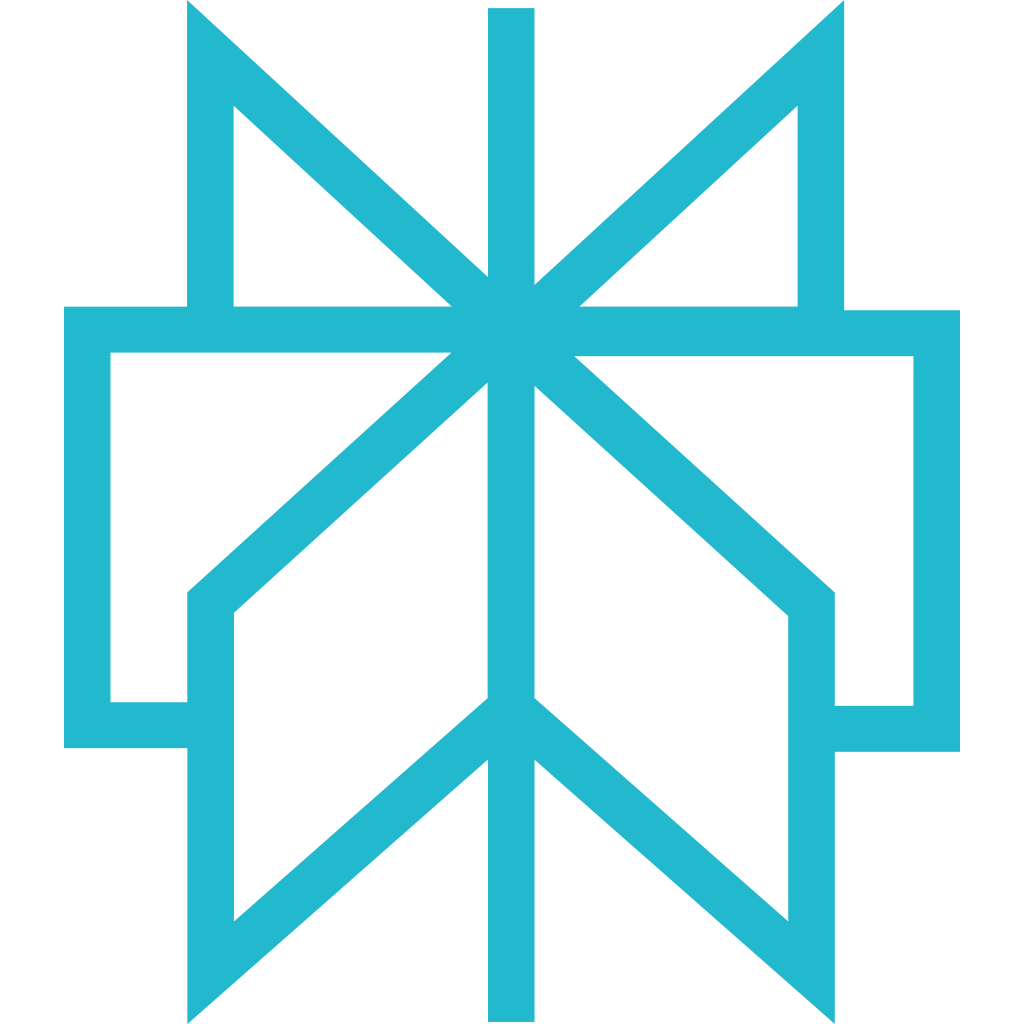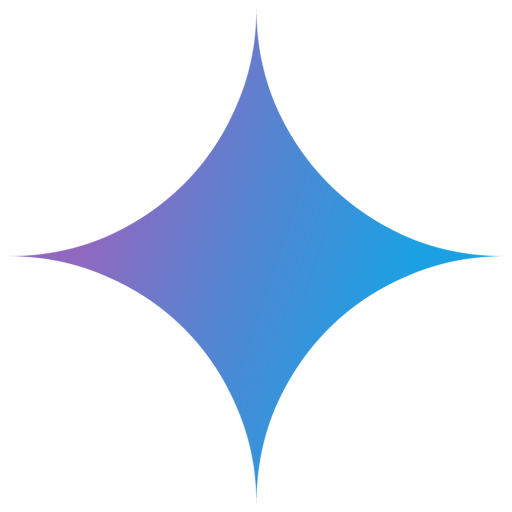Let's dive into why using an employee LMS to educate customers isn't the best idea and explore how MeltingSpot, our cutting-edge customer education platform, can bridge this gap and supercharge your customer engagement and product adoption efforts.
In the world of digital education, Learning Management Systems (LMS) are indispensable tools for both employee training and customer education. However, the objectives, requirements, and functionalities of an LMS designed for employees are vastly different from those designed for customers. Let's dive into why using an employee LMS to educate customers isn't the best idea and explore how MeltingSpot, our cutting-edge customer education platform, can bridge this gap and supercharge your customer engagement and product adoption efforts.
- Understanding the Core Objectives
- Employee LMS Objectives
- Customer LMS Objectives
- Feature Set Differences
- Employee LMS Features
- Customer LMS Features
- Different Educational Approaches
- Employee Education
- Customer Education
- Impact on User Experience
- Case Study: A Tale of Two LMS Platforms
- Why MeltingSpot is the Ideal Customer LMS
- Integrating MeltingSpot with Your Customer Education Strategy
- Conclusion
Understanding the Core Objectives
The primary reason an employee LMS can't effectively educate customers lies in the differing core objectives of the two systems.
Employee LMS Objectives
- Skill Development: Employee LMS platforms focus on developing employees' skills to enhance performance and productivity. This involves identifying skill gaps and providing training to bridge those gaps.
- Talent Management: These systems analyze the talents and capabilities of employees, helping managers identify potential leaders and high performers.
- Compliance Training: Many industries require employees to undergo regular compliance training to adhere to regulatory standards. An employee LMS ensures that all employees complete these mandatory courses.
Customer LMS Objectives
- Product Education: A customer LMS aims to educate users about a product or service, ensuring they understand its features, benefits, and how to use it effectively. This education is crucial for customer satisfaction and retention.
- Knowledge Dissemination: Unlike the skill-focused approach of an employee LMS, a customer LMS is more about imparting product-related knowledge, helping customers make the most of their purchase.
- Customer Activation: The goal is to activate customers by providing comprehensive educational resources that encourage them to use the product more frequently and effectively, leading to higher engagement and loyalty.
Feature Set Differences
Given the distinct objectives, the feature sets of employee LMS and customer LMS differ significantly.
Employee LMS Features
- Assessment Tools: Employee LMS platforms come equipped with various assessment tools to evaluate the skills and knowledge of employees. These assessments help identify areas needing improvement and track progress over time.
- Skill Gap Analysis: These systems offer advanced analytics to identify skill gaps within the workforce, allowing for targeted training programs to address these gaps.
- Compliance Tracking: Employee LMS platforms ensure all employees complete mandatory compliance training and certifications, with tracking features to monitor completion rates and compliance status.
Customer LMS Features
- Interactive Tutorials: Customer LMS platforms provide interactive tutorials that guide users through product functionalities, ensuring they can use it effectively from the start.
- Live Workshops and Webinars: To engage customers more effectively, customer LMS often includes live workshops and webinars where customers can interact with experts, ask questions, and gain deeper insights into the product.
- Community Forums: These platforms often feature community forums where customers can discuss their experiences, share tips, and seek help from other users and experts.
- Resource Libraries: A rich library of resources, including user manuals, FAQs, video tutorials, and case studies, is crucial for a customer LMS to support users at various stages of their journey.
Different Educational Approaches
The ways in which education is delivered also differ between employee and customer LMS platforms.
Employee Education
- Structured Courses: Employees often go through structured courses that are part of their career development plan. These courses are designed to build specific skills over time.
- Blended Learning: Many employee LMS platforms incorporate a blend of online and offline learning, combining e-learning modules with in-person training sessions.
- Regular Assessments: Employees are regularly assessed to ensure they are acquiring the necessary skills and knowledge, with feedback provided to help them improve.
Customer Education
- On-Demand Learning: Customers need the flexibility to learn at their own pace and on their own schedule. On-demand video tutorials and interactive guides are essential components of customer LMS platforms.
- Practical Application: Customer education focuses on the practical application of knowledge. Tutorials and guides are designed to help customers use the product effectively in real-world scenarios.
- Engagement-Oriented: The educational content is designed to engage customers and keep them interested. Live workshops, webinars, and community interactions play a significant role in maintaining customer engagement.
Impact on User Experience
Using an employee LMS to educate customers can lead to a suboptimal user experience for several reasons:
- Misaligned Content: The content in an employee LMS is tailored to internal training needs and may not address the specific questions and challenges that customers face when using a product.
- Complex Navigation: Employee LMS platforms are often designed with complex navigation structures that suit detailed training programs but can be overwhelming for customers seeking quick answers.
- Lack of Interactivity: Employee LMS systems may lack the interactive features needed to engage customers, such as live chat support, interactive tutorials, and community forums.
Case Study: A Tale of Two LMS Platforms
Let's consider a hypothetical case study to illustrate the differences between an employee LMS and a customer LMS.
Company X: Employee LMS Implementation
Company X implemented an employee LMS to enhance the skills of its workforce. The LMS includes detailed courses on various topics, regular assessments to track progress, and compliance training modules. Employees follow a structured learning path designed to develop their skills over time.
Company Y: Customer LMS Implementation
Company Y implemented a customer LMS to educate its users about its new software product. The LMS includes interactive tutorials, live webinars hosted by product experts, and a community forum where customers can share tips and ask questions. Customers can access on-demand video tutorials to learn at their own pace and participate in live workshops to deepen their understanding of the product.
Outcomes:
- Company X saw significant improvements in employee performance and productivity. The structured learning paths and regular assessments helped employees develop new skills and stay compliant with industry regulations.
- Company Y experienced increased customer satisfaction and engagement. Customers reported feeling more confident in using the software, leading to higher product adoption rates and reduced churn.
For more examples of successful onboarding strategies, read our article on Measuring the Success of Your Onboarding Process.
Why MeltingSpot is the Ideal Customer LMS
At MeltingSpot, we understand the unique challenges of educating customers. Our platform is specifically designed to cater to the needs of customer education, ensuring a seamless and engaging experience for your users.
- Comprehensive Educational Resources: MeltingSpot offers a rich library of resources, including video tutorials, interactive guides, and case studies, to help your customers understand and utilize your product effectively.
- Live Workshops and Webinars: Engage your customers with live workshops and webinars hosted by industry experts. These sessions provide an interactive platform for customers to learn and ask questions in real-time.
- Community Engagement: Our platform features community forums where customers can connect, share experiences, and seek help from other users and experts. This fosters a sense of community and enhances the overall learning experience.
- Analytics and Insights: MeltingSpot provides detailed analytics and insights into customer engagement and learning progress. This data helps you identify areas for improvement and tailor your educational content to better meet the needs of your customers.
For tips on creating a successful customer education strategy, don't miss our guide on Key Strategies for Effective Digital Customer Education.
Integrating MeltingSpot with Your Customer Education Strategy
By integrating MeltingSpot into your customer education strategy, you can ensure that your customers receive the support and resources they need to succeed with your product. Here are a few ways to get started:
- Create Engaging Content: Develop a variety of educational content, including video tutorials, interactive guides, and live webinars, to cater to different learning preferences.
- Foster Community Engagement: Encourage customers to participate in community forums and discussion groups. This not only enhances their learning experience but also builds a sense of community around your product.
- Utilize Analytics: Use the analytics provided by MeltingSpot to track customer engagement and learning progress. This data will help you identify areas for improvement and tailor your educational content accordingly.
Conclusion
In conclusion, while both employee LMS and customer LMS platforms serve the purpose of education, their objectives, feature sets, and educational approaches are fundamentally different. An employee LMS is designed to develop skills and manage talent within an organization, while a customer LMS focuses on educating users about a product to enhance engagement and adoption.
Attempting to use an employee LMS for customer education is likely to result in a poor user experience and missed opportunities for customer engagement. Instead, investing in a dedicated customer LMS like MeltingSpot that aligns with the specific needs of your users will yield better results and contribute to the overall success of your product.
By recognizing these differences and choosing the right LMS for each audience, companies can ensure that both their employees and customers receive the best possible educational experience tailored to their unique needs. At MeltingSpot, we specialize in creating customized LMS solutions that cater to the unique needs of both employees and customers. Our platform is designed to enhance customer engagement and streamline the onboarding process, ensuring that your users get the most out of your products. Join us in revolutionizing the way you educate and engage your customers.
Become an expert in software training & adoption with MS Nation the MeltingSpot Community
Step into MS Nation, our Community, your ultimate training hub for mastering software adoption and user success!
Join MS Nation







.svg)

 Perplexity
Perplexity
 Claude
Claude
 Mistral
Mistral
 Gemini
Gemini
 Grok
Grok






.svg)
